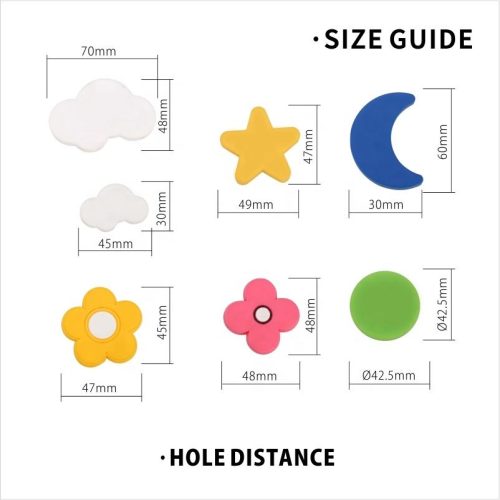Choosing eco-friendly options for plastic tool handles involves considering sustainable materials, manufacturing processes, and end-of-life considerations. Here are some steps and factors to consider when making environmentally friendly choices for plastic tool handles:
- Biodegradable and Bio-based Plastics: Look for biodegradable or bio-based plastics as alternatives to conventional petroleum-based plastics. These materials are derived from renewable sources and can break down more easily in the environment. Examples include PLA (polylactic acid) and PHA (polyhydroxyalkanoates).
- Recycled Plastics: Choose plastic materials that contain recycled content. Recycled plastics help reduce the demand for virgin plastic production and divert plastic waste from landfills. Some manufacturers offer tool handles made from recycled plastics.
- Reduced Material Usage: Optimize the design to use less plastic material while maintaining durability and functionality. This reduces the overall environmental impact associated with the production and disposal of plastic tool handles.
- Minimalist Packaging: Consider reducing excessive packaging for the tool handles. Minimalist packaging not only reduces waste but also decreases the carbon footprint associated with transportation and disposal.
- Local Sourcing: Choose suppliers and manufacturers that are located closer to your distribution centers. This reduces transportation distances and associated greenhouse gas emissions.
- Energy-Efficient Manufacturing: Work with manufacturers that prioritize energy-efficient production processes. This can include using renewable energy sources, minimizing water consumption, and implementing efficient waste management practices.
- Recyclability: Select plastics that are easily recyclable. Some plastics, like PET (polyethylene terephthalate) and HDPE (high-density polyethylene), are commonly accepted in recycling programs. Ensure that the tool handles are marked with appropriate recycling symbols for proper disposal.
- Extended Product Lifespan: Design tool handles that are durable and can withstand repeated use over a long period. This reduces the need for frequent replacements and conserves resources in the long run.
- Take-Back Programs: Implement or partner with manufacturers that offer take-back programs for used tool handles. These programs facilitate proper disposal or recycling of the handles at the end of their life cycle.
- Environmental Certifications: Look for certifications like “Cradle to Cradle” or other eco-labels that indicate the product’s environmental performance and commitment to sustainability.
- User Education: Provide users with information about the eco-friendly features of the tool handles and encourage responsible disposal practices.
- Lifecycle Analysis: Conduct a lifecycle analysis to assess the environmental impact of the tool handles at each stage, from raw material extraction to end-of-life disposal. This helps identify areas for improvement and guides decision-making.
- Innovative Materials: Stay informed about advancements in eco-friendly plastics and materials. Research and invest in new technologies that offer improved sustainability without compromising performance.
By considering these eco-friendly choices for plastic tool handles, you can contribute to reducing the environmental impact of your products and make more sustainable decisions throughout the product’s lifecycle.


